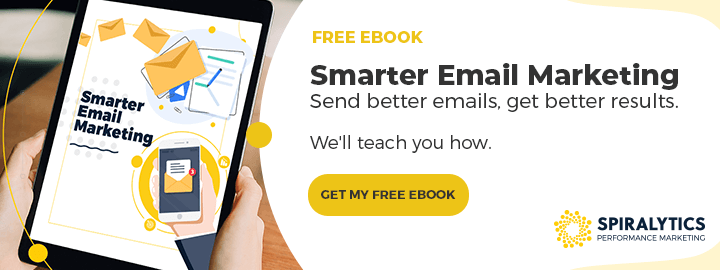Digital marketing channels have expanded dramatically in recent years. However, email still remains one of the most effective channels for marketers to promote a brand’s goods or services. This true for customers across all age groups.
That doesn’t mean every email marketing campaign is effective. Best practices like personalizing subject lines and using an email verification tool can help, but to ensure your next campaign delivers a strong return on investment, remember these essential tips.
Tips for a Successful Email Campaign
-
Set Specific Goals
Email can help you achieve many of your business goals. It can boost sales and customer loyalty, help spread brand awareness, and much more. Unfortunately, you can’t expect a single email or campaign to reach all of these goals at once.
Knowing which exact goal you plan to achieve with a given campaign will help you plan it appropriately. Every time you send content to your followers, you should have a specific reason for doing so. Don’t merely send emails with the vague plan of “growing the business” or “reaching out.” Set concrete goals, and you’ll find it’s easier to design email content which helps you reach those targets. You’ll also know which metrics are worth paying the most attention to when reviewing your campaigns’ performance.
-
Determine How to Track Your Progress
Again, monitoring the way campaigns perform is important. If a current tactic isn’t working, you want to find out early, so you can make the proper adjustments. You’ll waste a lot of your budget if you don’t identify ineffective strategies as soon as possible.
Thus, it’s crucial before launching a campaign that you determine exactly how you’ll measure your progress. For instance, if you plan a campaign with the goal of boosting sales for a specific product, you’ll want to measure how many sales came from email followers, and whether the campaign yielded higher than average sales in general.
-
Be Honest with Readers
According to a Convince & Convert, 35% of people decide whether to open an email based solely on its subject line. It’s clear that a strong subject line plays a major role in an email’s overall effectiveness.
That said, it’s also important to be honest with readers. The subject line should correspond naturally to the actual content of the email. You’ll want a use a catchy subject line to improve open rates, but you also want to set up reader expectations, and then deliver on those expectations.
Resist the impulse to craft click-worthy headlines that don’t accurately represent their email’s content. You’ll make a better impression on your followers in the long run if you present your content honestly.
-
Optimize the First Few Lines
The subject line isn’t the only text a follower sees when one of your emails arrives in their inbox. Typically, the first few lines of text will also be displayed. They can supplement the headline to convince a subscriber this particular email is worth opening.
Don’t overlook this important part of an email. Frontload important words or info in the first sentence to boost your odds of attracting clicks. This is even more important now that most people are checking their inboxes via mobile devices. A mobile screen will usually display an even smaller section of text than a computer screen would, so use this limited space to enhance the impact of your subject lines.
-
Provide Value
People reading your emails will typically be distracted. Although email attention spans are apparently increasing, the average amount of time a person spends reading an email before closing it is still less than 12 seconds.
Thus, you need to be certain your content is valuable and engaging. Filler content will give subscribers a reason to close your email before reaching the call-to-action.
Guard against this by prioritizing the editing phase of email marketing. Before sending out any messages, review them thoroughly to determine how you can maximize their impact. That involves removing content that’s merely there to take up space.
-
Keep it Organized
Again, people are reading emails on mobile devices more often than on computers these days. You need to format your content accordingly by making it scannable.
Large chunks of text can be difficult to read on small mobile screens, so break them up into smaller paragraphs, and use headers, bullets, and similar formatting elements to make the content easier to digest.
That’s not to say you should refrain from using images, videos, and other dynamic/visual forms of content. Most devices can display these elements reliably now. Including them will also help to make your content more appealing to readers.
Wrapping Up
Most importantly, experiment with strategies. You can’t find out what works best for your goals if you don’t make a point of testing different types of subject lines, different ways of organizing content, and different CTAs.
By following these tips and learning from your own successes, you’ll be much more likely to plan campaigns that deliver the results you’re aiming for.







